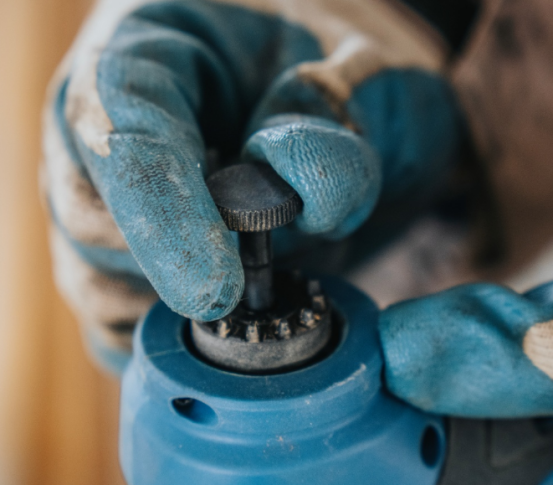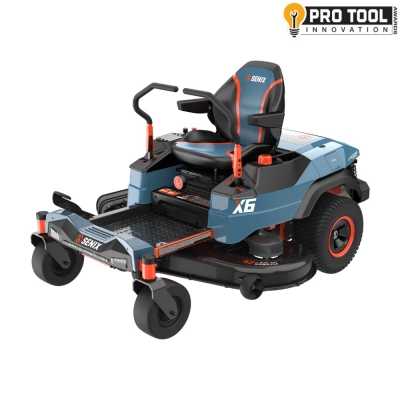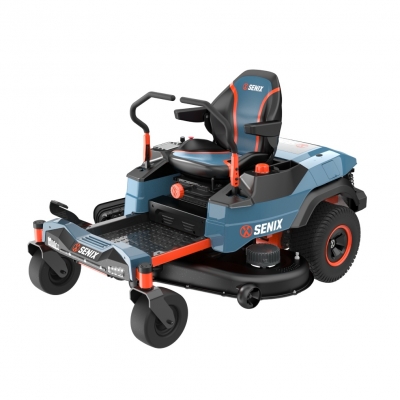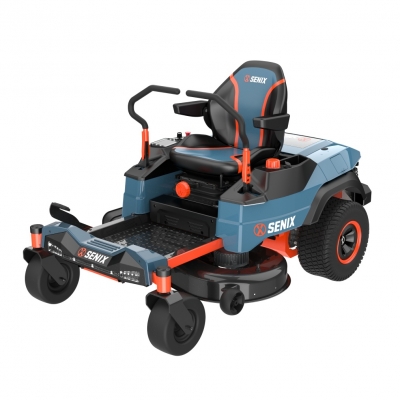Mastering Oscillating Multi-Tools: A Complete Guide for DIYers and Pros
Every DIYer and professional contractor needs a tool that can handle multiple tasks without slowing them down. Enter the oscillating multi-tool, a compact and versatile device that cuts, sands, grinds, and scrapes with precision. Whether you’re repairing furniture, installing flooring, or remodeling your home, knowing how to use an oscillating tool correctly will save time and improve results.
In this guide, we’ll answer some of the most common questions about oscillating multi-tools, from how they work to what you can do with them.
What Is an Oscillating Multi-Tool?
An oscillating multi-tool is a handheld power tool designed to perform a wide range of functions. Unlike traditional drills or saws, it operates with rapid side-to-side oscillations at small angles. This allows the tool to cut, sand, and scrape in areas where other tools can’t reach.
Because of its versatility, it’s often referred to as a “multi-tool,” making it a staple in toolkits for both home and professional use.
What Does an Oscillating Multi-Tool Do?
The real strength of this tool lies in its ability to switch accessories. With just one tool, you can:
Cut wood, drywall, or plastic
Trim nails, screws, or small metal pipes
Sand wood surfaces or furniture edges
Remove grout or caulk
Scrape paint, adhesives, or sealant
Think of it as a toolbox in one device - ideal for quick fixes and detailed finishing work.
How Does an Oscillating Multi-Tool Work?
The tool operates through rapid oscillations, typically between 10,000 and 20,000 movements per minute. These oscillations are small (around 3–5 degrees), but powerful enough to cut through tough materials.
Unlike rotary tools that spin continuously, an oscillating tool provides more control and less kickback. This makes it safer and more precise for tasks in tight spaces.
How to Use an Oscillating Multi-Tool
Using this tool is straightforward once you know the basics:
Choose the right accessory – Select a blade, sanding pad, or scraper depending on the task.
Attach the accessory – Most modern tools feature quick, tool-free accessory changes.
Adjust speed settings – Lower speeds for delicate sanding, higher speeds for cutting.
Position the tool – Hold it firmly with both hands and align it with your work surface.
Let the tool do the work – Avoid forcing the blade; gentle pressure ensures precision.
Pro Tip: Always wear protective goggles and gloves when working with any power tool for DIY projects.

What Can You Do With an Oscillating Multi-Tool?
Here are a few practical applications:
Home Repairs: Trim door frames, cut baseboards, or replace flooring.
Renovations: Remove old grout, scrape adhesives, or cut drywall openings.
Woodworking: Sand corners, shape edges, or cut precise slots.
Metal Projects: Cut screws, nails, or small pipes without hassle.
The possibilities are endless—this tool adapts to nearly every project.
Conclusion
An oscillating multi-tool is one of the most versatile power tools you can own. From cutting and sanding to scraping and grinding, it simplifies jobs that would otherwise require multiple tools.
For those who want cordless convenience, professional-grade performance, and easy accessory changes, the SENIX cordless oscillating multi-tools, including the 20V Brushless Oscillating Multi-Tool, provide the perfect balance of power and versatility. Whether you’re a professional or a weekend DIYer, SENIX makes every project smoother and more efficient.
FAQs
Q1: Is an oscillating multi-tool beginner-friendly?
Yes. Its compact design and safety features make it easy to use, even for DIY beginners.
Q2: Can one tool really handle multiple tasks?
Absolutely. By switching blades or pads, the tool can cut, sand, grind, or scrape.
Q3: What safety tips should I follow?
Always wear goggles, work gloves, and keep hands away from the blade. Let the tool do the cutting without forcing it.



 (5.0)
(5.0)
